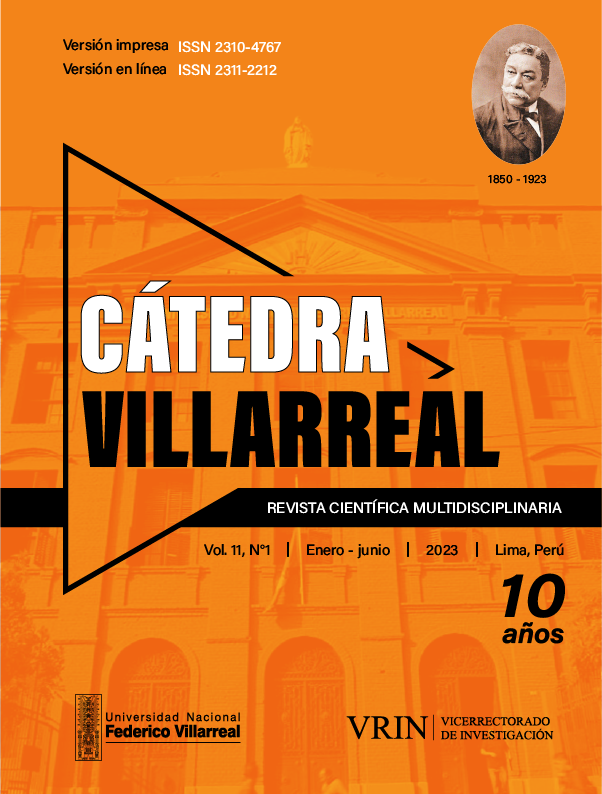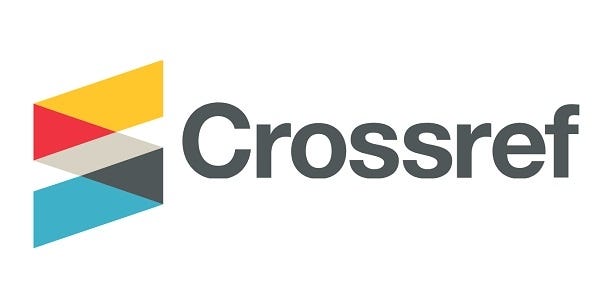Economic efficiency of public spending in Peru, a longitudinal analysis of health and education indicators 2001-2019
DOI:
https://doi.org/10.24039/rcv20231111603Keywords:
clusters; time series; dynamic time warping; silhouette index; public spending; efficiency.Abstract
Public spending should be aimed at improving the level of well-being of the citizens of a given region, meeting efficiency and equity goals. The purpose of this document is to visualize the behavior of indicators for the period 2001-2019 in a general and sectoral manner in education, health, through the Free Disposal Hull methodology applying the time series conglomerate technique. The results generate two types of clusters separating regions that apply good results and another group that obtain adverse results both at the sectoral level for education, health, and globally, due to regions with high performance and comparatively lower public spending. It is concluded that having a greater amount of resources from the public sector does not necessarily mean greater development of said region, other possible factors should be considered, as is the case of regions such as Apurímac, Ayacucho and Huancavelica that have a high presence of public spending, present a relatively low performance compared to the other regions in all the sectors analyzed, indicating that efficiency should be improved by using a smaller amount of tax revenue.
Downloads
References
Afonso, A., Schuknecht, L., & Tanzi, V. (2003). Public Sector Efficency: An International Comparision. Working Paper No. 242, 1-27.
Fontalvo, T., Mendoza, A., & De la Hoz, E. (2020). Eficiencia del gasto público y privado en salud en los países de América Latina: 2000 - 2015. Prospectiva Vol 18 2.
Galvis-Aponte, L. A. (2015). La Eficiencia del Gasto Público en Educación en Colombia. Documentos de Trabajo sobre Economía Regional, 75-98.
Gwartney, J., Lawson, R., Park, W., Wagh, S., Edwards, C., & Rugy, V. (2002). Economic Freedom of the World: 2002 Annual Report. The Fraser Institute.
Kaufman, L., Rousseeuw, P. (1990). Finding Groups in DATA. An introduction to cluster analysis. Wiley ed.BE. 335p.
Machado, R. (2006). ¿Gastar más o Gastar mejor? La eficiencia del Gasto Público en América Central y República Dominicana. Banco Interamericano de Desarrollo, 1-31.
Maharaj, E., D'Urso, P., & Caiado, J. (2019). Time Series Clustering and Classification. Miami: CRC Press.
Mueller, D. (1997). Perspectives on Public Choice. A Handbook, Cambridge.
Pereyra A., J. (2022). Una medida de la eficiencia del gasto público en educación. Estudios Económicos, 237-249.
Persson, T., & Tabellini, G. (2001). Political Institutions and Policy Outcomes: What are the Stylized Facts? Journal of Policy Modelling 23, 433-467.
Petitjean, F., Ketterlin, A., & Gançarski, P. (2011). A Global Averaging Method for Dynamic Time Warping , with Applications to Clustering. Patter Recognition, 678 - 693.|
Rodrik, D. (2000). Institutions for High-Quality Growth: What they are and how to Acquire them. NBER Working Paper 7540.
Sardá-Espinoza, A. (2019). Comparing Time-Series Clustering Algorithms in Using the dtwclust Package. Reference Manual.
Shleifer, A., & Vishny, R. (1998). The Grabbing Hand: Government Pathologies and their Cures. Cambridge: Havard University Press.
Strauch, R., & Hagen, J. (2000). Institutions, Politics and Fiscal. Boston: Kluwer Academic Publishers.
Tanzi, V., & Schuknecht, L. (1997). Reconsidering the Fiscal Role of Government: The International Perspective. American Economic Review, 87(2), 164-168.
Tanzi, V., & Schuknecht, L. (2000). Public Spending in the 20th Century: A Global Perspective. Cambridge: Cambridge University Press.
Verhoeven, M., Gupta, M., Tiongson, E. (1999). Does Higher Government Spending Buy Better Results in Education and Health Care? https://doi.org/10.5089/9781451843897.001
Published
How to Cite
Issue
Section
License
Copyright (c) 2023 Jesús Eduardo Gamboa Unsihuay

This work is licensed under a Creative Commons Attribution 4.0 International License.
Todos los documentos se publican bajo Licencia de Creative Commons Reconocimiento 4.0 Internacional.

Los autores conservan los derechos de autor y ceden a la revista el derecho de primera publicación, con el trabajo registrado con la Licencia de Creative Commons, que permite a terceros utilizar lo publicado siempre que mencionen la autoría del trabajo, y a la primera publicación en esta revista.



















